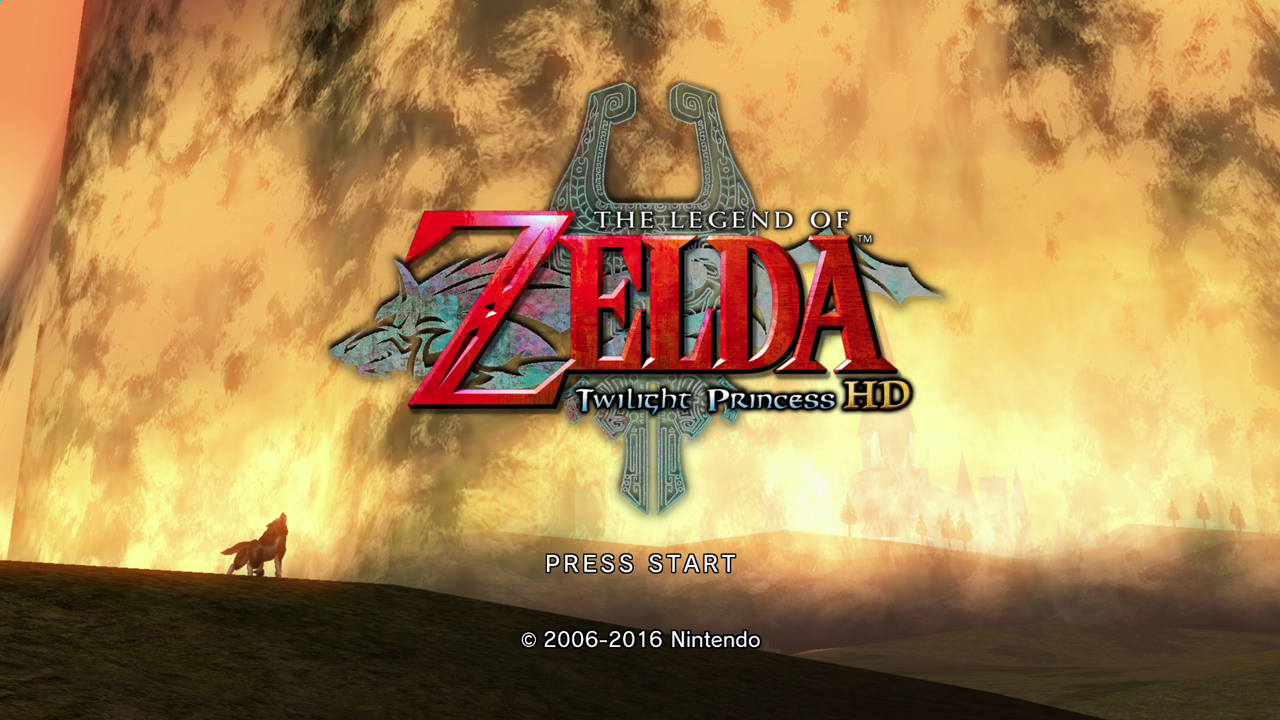More mini-LED chatters from the Taiwanese supply chain:
Elan and Macroblock won contracts of mini-LED chips for the next generation Switch. Google translation of the relevant paragraphs below.
"Nintendo is actively preparing for the next generation of game console Switch Pro. It is reported that it will adopt the new generation of panel technology Mini LED. In addition to the cooperation with the Taiwanese manufacturer Innolux ( 3481-TW ), it is reported that Elan ( 2458-TW ) and Macroblock ( 3527-TW ) respectively The winning of large orders for panel timing control chips and driver chips is also the first victory for the cooperation between the two parties in Mini LED, which has symbolic and substantial benefits."
"As Mini LED emphasizes fine image quality, the number of chips is more than a multiple of that of previous LCDs under the same panel area, and the chip spacing is significantly smaller than before. The role of the driver chip is more important. In addition to controlling more chips at a time, it also needs more Precise dimming, while satisfying functions such as low power consumption and grayscale enhancement."
"The supply chain revealed that Macroblock has mastered the local dimming technology (Local Dimming), which has changed the previous global dimming technology (Global Dimming) used in LCD backlights. The image quality is comparable to OLED. At the same time, it has a dynamic high scan count design to enhance contrast and The light and shadow changes make the PCB layout more concise and meet the thin and light design, so it is favored by large customer Nintendo."
"In addition to being Macroblock's partner, ELAN has also been deeply involved in the touch panel display field. It has chip patents and technologies such as touch and display technology, and experience in module design integration. This time, ELAN provides a timing control chip (T-CON), The products of both parties will be packaged and sold, and they will officially enter the new field of game consoles."
"Recently, Sony and Microsoft have successively launched PS5 and Xbox Series X, both of which support 4K image quality and high screen refresh rate. After Nintendo has not fallen behind, it is reported that it plans to launch a new Switch and adopt a new generation of Mini LED displays. Technology, support 4K resolution."
Please note that the mentioning of "Switch Pro" and "4K resolution" are simply the reporter citing the existing rumors. The only new info sourced is the involvement of Elan and Macroblock.



